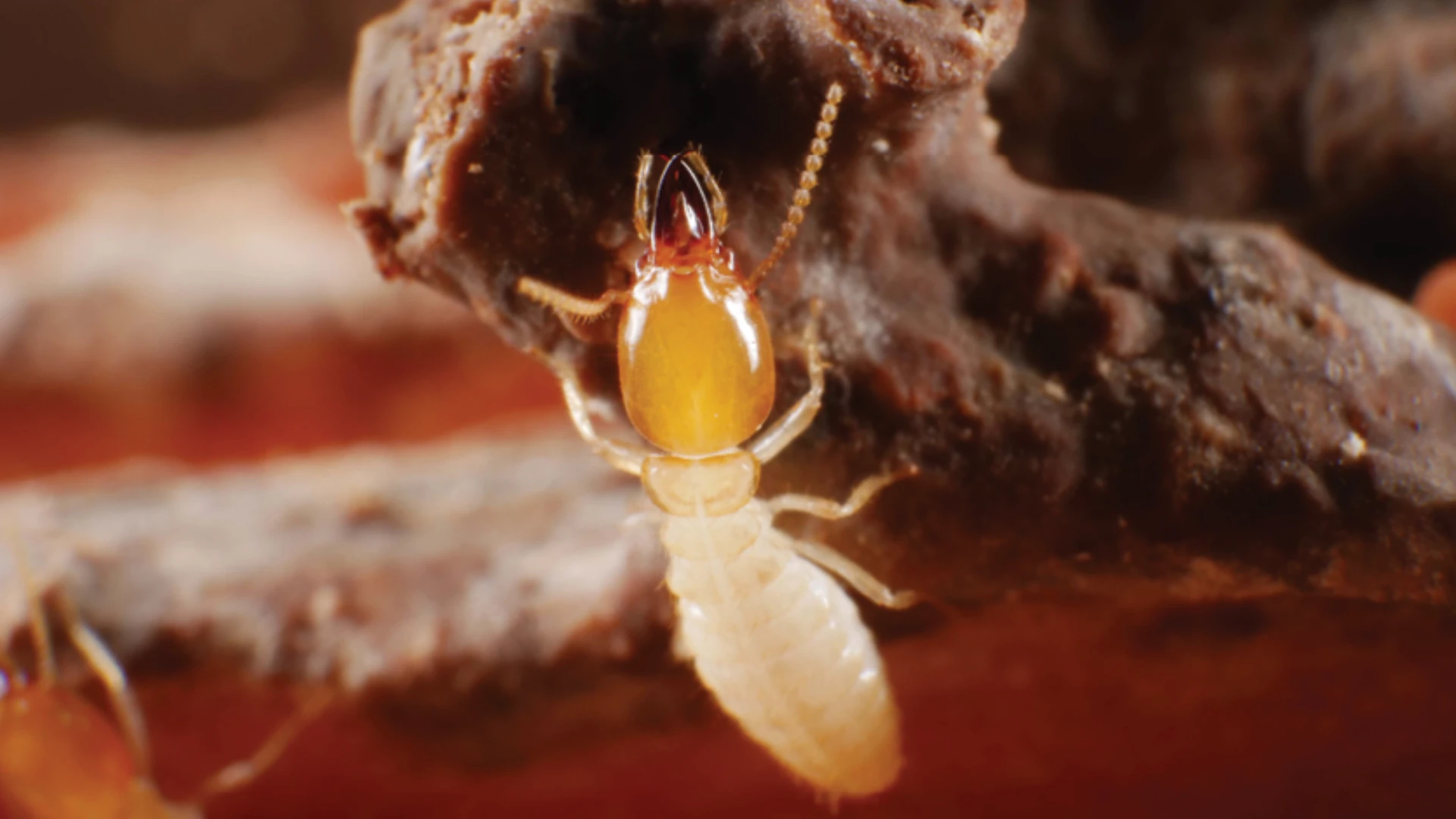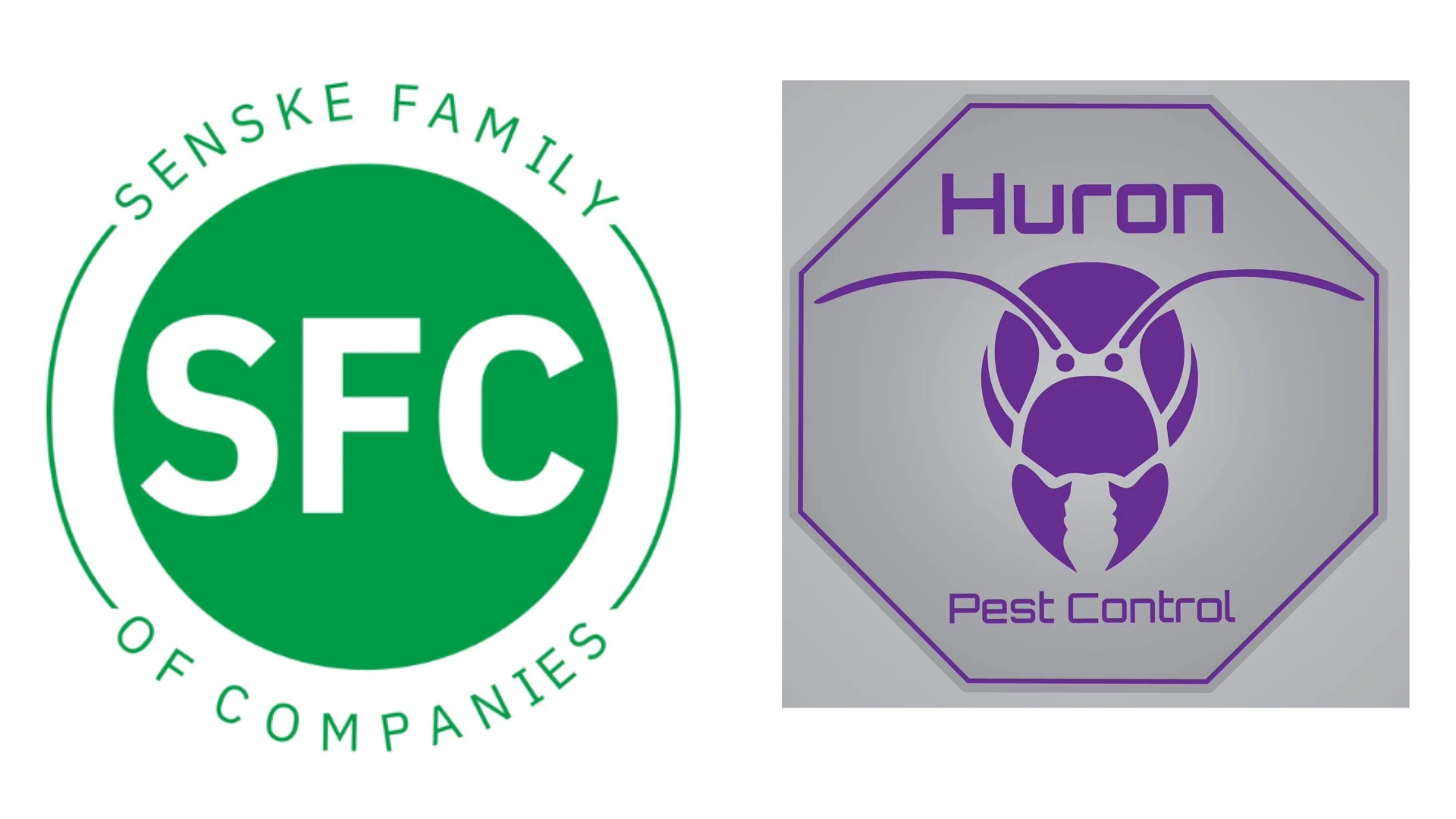
By Brad Harbison
Two more new Formosan subterranean termite (Coptotermes formosanus) infestations in Southern California were confirmed by Dr. Chow-Yang Lee and researchers from his lab at the University of California, Riverside Department of Entomology.
Joshua Clements, owner of Already a Better Choice Termite & Pest Control, El Monte, Calif., made the Highland Park discovery during a June 10 termite inspection. Clements said he noted swarmers in a customer’s bedroom and, upon closer examination, he thought they might be Formosan subterranean termites instead of the commonly encountered Western subterranean termite (Reticulitermes hesperus). “The color was just a little off. They weren’t completely black, and the wings looked a little different,” he said.

Clements collected the termites in a plastic baggy and showed them to Dr. Lee at UC-Riverside, Greg Kund (staff research associate at UC-Riverside) and Dr. Siavash Taravati (urban IPM adviser at UC-Cooperative Extension, Los Angeles County) when they visited the house two weeks later to collect more samples and examine the termite damage. Lee confirmed both morphologically and molecularly that they were Formosan subterranean termites. This was the first discovery of Formosan subterranean termites in Los Angeles County, according to Lee. UC-Riverside and Clements are currently monitoring the infestation with hopes of treating the home using a termite bait.
Although Formosan subterranean termites are more commonly associated with the southeastern U.S., and thus far are only being reported in pockets in Southern California, Clements thinks they might be more prevalent than previously believed. “I’ve come to think maybe that there’s a lot of companies that probably have seen them and just not realized it. They’ll see swarmers from late May to late July and treat them without giving it much thought. I know that I’ve been doing [termite work] for 19 years now, and this was the first time I found them.”
Also in June, about 100 miles to the south of Highland Park, in Rancho Santa Fe, Calif., Troy Hook, termite service manager, Green Flash Pest and Termite Control, was re-inspecting a home that the company had recently treated for what it believed was Western subterranean termites. Hook collected termite samples from the property and sent them to his local Ag department. The information was subsequently transmitted to Dr. Taravati and the samples eventually made their way to Dr. Lee’s lab, which confirmed they were Formosan subterranean termites.
“I knew they were Formosan termites because of the different coloration on the body and the winged body size is a lot different than drywood swarmers,” said Hook. “The wings were actually really big compared to the body size. The head is a darker color — it’s not the orange-reddish color as a drywood swarmer. Also, the number of swarmers; we’re talking about thousands of swarmers inside and outside the house.”

Since Green Flash already treated the property using a conventional liquid termiticide, they retreated the area on the structure that had the greatest activity (the back wall). Hook said he and UCR researchers, at press time, were also considering baiting at this stage if the infestation persists.
Why did this particular home become infested with Formosan subterranean termites? Eric Veronick, director of operations at Green Flash Pest and Termite Control, theorizes it’s possible that Formosan termites might have been transported to the area. For example, in the past Formosan termites have been transported to Southern California in infested potted plants from Hawaii, Louisiana, Texas, the southeastern U.S. and even overseas.
Following the Formosan termite discovery, Hook met with his inspectors to give them a refresher on identifying Formosan termites. In addition to biological differences, Hook encouraged his inspectors to be on the lookout for termites swarming at dusk and in summer, a characteristic he has observed of Formosan termites.
Like Clements, both Hook and Veronick think Formosan termites might be more widespread in Southern California than previously believed. “Without a doubt,” Hook said. “It might be that they are adapting to the climate. We are seeing a subtropical termite in an area that has a Mediterranean-like climate with warm, dry summers and mild, wet winters.”
The Rancho Santa Fe and Highland Park Formosan termite discoveries come on the heels of a June 2020 discovery of Formosan termites in Canyon Lake, Calif. “Based on population genetics studies, my postdoctoral researcher, Shu-Ping Tseng confirmed that the Rancho Santa Fe and the Highland Park samples are not related to the one from Canyon Lake (Riverside County),” Lee said. In response to these recent discoveries, Drs. Taravati and Lee created a California Formosan Subterranean Termite Alert. The document provides photos and ID information as well as a call to action to report findings to UC-ANR and UC-Riverside.
The author is senior digital editor and managing editor of PCT.
WANT MORE?
Enter your email to receive our newsletters.

Explore the October 2021 Issue
Check out more from this issue and find your next story to read.
Latest from Pest Control Technology
- Why Does Marketing Feel So Opaque?
- How Did This Pest Get Its Name?
- Rose Pest Solutions Honors Top Performers with Annual Chief’s Club Awards
- Doug Foster on Termite Control Equipment, Resources
- Pest Control Consultants Acquires EcoGuard Pest Control
- Pest Index Increased 9 Percent YOY in February
- PPMA Releases 2024 Annual Report Themed 'Leveling Up Awareness, Growth and Impact'
- Good News Pest Control Acquires Walsh Pest Control








